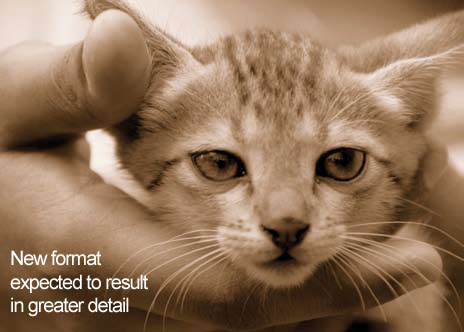Revision process begins for AVMA euthanasia guidelines
Efforts to update the AVMA Guidelines on Euthanasia are under way.
The guidelines are a critically important document providing direction on acceptable procedures and agents that can be used to end an animal's life quickly and with as little pain and distress as possible.

Moreover, the AVMA Guidelines on Euthanasia are the basis for federal and state regulations concerning approved methods of humanely killing a wide range of animals, from pets and livestock to wildlife and laboratory animals.
"This particular document has a huge impact, obviously, on animals, but also on veterinarians and the communities they serve," observed Dr. Gail C. Golab, director of the AVMA Animal Welfare Division.
This summer, 12 working groups comprising veterinary practitioners, scientists, animal control officers, academicians, and representatives from a host of other disciplines will begin communicating electronically to compile and sort through information on technique- or species-specific topics.
The working groups are a departure from the previous format used in 1999, when a panel of only 13 individuals convened to review and update the euthanasia guidelines. As many as 72 people appointed by the Animal Welfare Committee will participate in this latest endeavor, the outcome of which is intended to be a practical and more detailed document than the "Report of the 2000 AVMA Panel on Euthanasia" published in the JAVMA and on the AVMA Web site.
Working groups are tasked with reviewing the current euthanasia guidelines to identify areas in need of updating. Assisted by Animal Welfare Division staff, the groups will conduct thorough assessments of peer-reviewed literature pertaining to their specific topic. Afterward, a panel comprising the chairs of the individual working groups will gather at AVMA headquarters to compile the working groups' reports into a draft document that will be distributed for stakeholder comment. Once finalized, the guidelines will be submitted to the AVMA Executive Board for approval.
"I think we'll have a more thoughtful and well-considered report this time around," said the chair of the euthanasia guidelines panel, Dr. Steven L. Leary, assistant vice chancellor for Veterinary Affairs at Washington University School of Medicine, who served on the 1999 euthanasia panel.
One of the challenges facing the individual working groups and the panel as a whole is the paucity of relevant data. Few studies are conducted to specifically determine the best methods for ending an animal's life. Much of what is known about euthanasia, Dr. Golab said, is derived indirectly, from the application of various techniques under a wide range of situations in which humans find themselves responsible for relieving animal suffering.
Understandably, more information is available now than nearly a decade ago. The latest iteration of the euthanasia guidelines will provide updated guidance regarding approaches that are already covered in the document, but consideration will also be given to new topics in euthanasia, including the use of euthanasia technicians and approaches to mass depopulation as in instances of disease outbreak and disaster.
To be effective, the AVMA Guidelines on Euthanasia have to address all animal species, but given the enormity of the undertaking, limitations exist on the specificity that can be provided. "Practically, it's not going to be possible to provide detailed information about every conceivable situation," Dr. Golab acknowledged.
Additionally, the guidelines are not meant to be limiting, she added. "Veterinarians need to be able to use their professional judgment," Dr. Golab said. "We don't want to eliminate viable options that are in the best interest of the animal and that are situation-appropriate by being too proscriptive."
Also new to this latest effort is the addition of an ethicist, who will advise the working groups and be a member of the panel. The inclusion of an ethicist, Dr. Leary explained, is an acknowledgement that while the euthanasia guidelines must be science-based, they must also be morally acceptable.
That guidance will be provided by Raymond Anthony, PhD, an assistant professor in the philosophy department at the University of Alaska. It's apparent that the welfare of animals is not merely an empirical matter but one that has also caught the imagination of the public, according to Dr. Anthony. The moral status of animals used in human service and how they are to be treated are in constant renegotiation, he said.
"This renegotiation is more evident in cases where animals are terminated and careful thinking in this area is urgent. Thus, as professionals who work directly with animals or on behalf of others, providing animals with a good death is not only a matter of justice, it is also a matter of compassion—and professional ethic, for that matter," Dr. Anthony said.
Dr. Leary expects the AVMA Guidelines on Euthanasia will be finalized by the end of 2010.